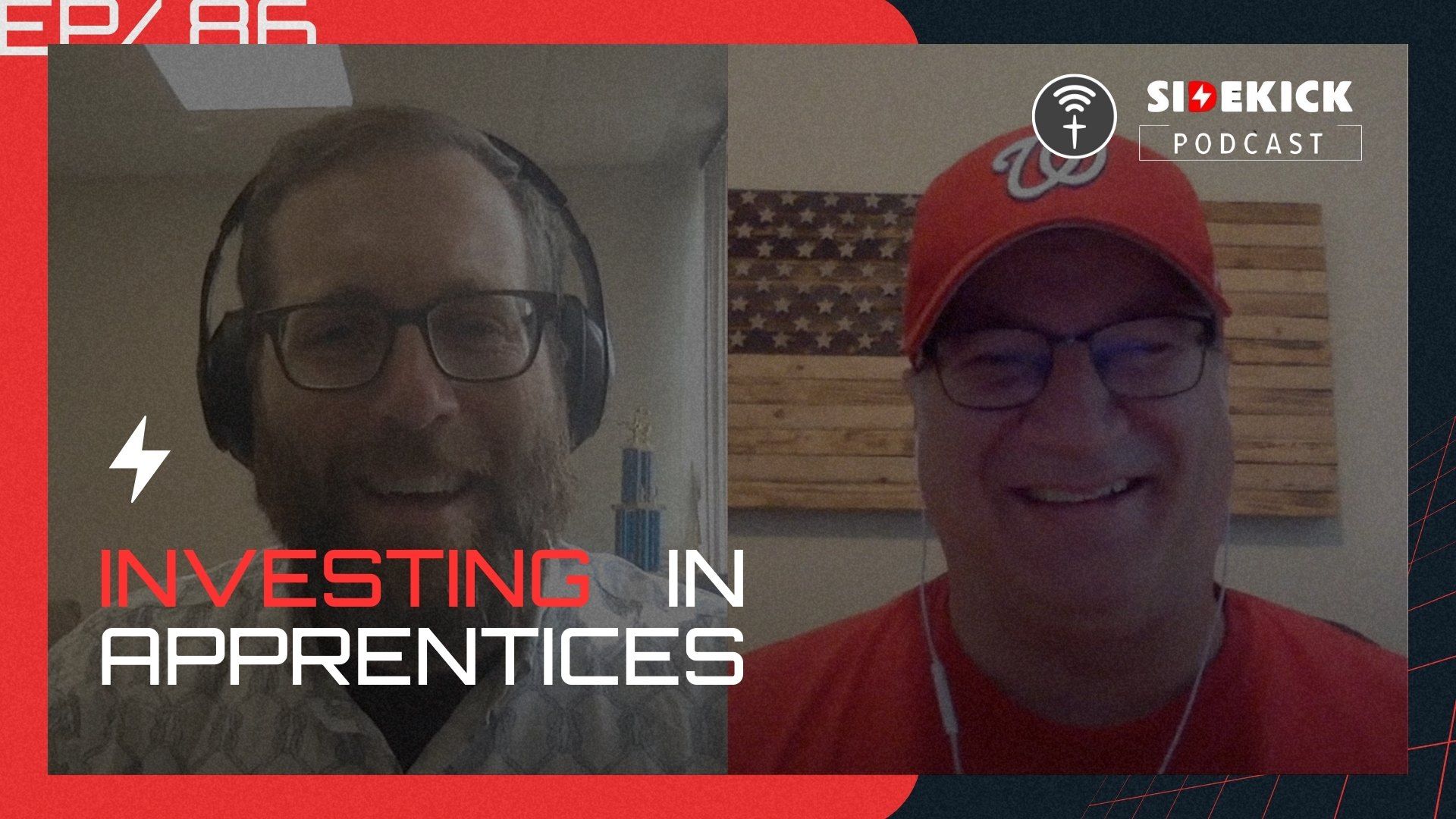Key Digital and Online Analytics to Track for Churches
How do you know if you are being effective in your digital and online ministry?
As churches seek to engage with and reach more people online for Christ, it's very important to be able to track the right analytics. After all, how can you possibly know you are being effective or not if you can't look over the numbers across your online platforms. By monitoring and keeping track of key social media metrics, you can better understand your audience, optimize your content strategy, and measure the impact of your efforts.
While there are a good number of online analytics you can track, here we will focus on some key analytics to keep an eye on for Facebook, YouTube, TikTok, Instagram and your website.
Facebook Analytics:
- Reach. Track how many people your posts are reaching people both organically and through paid promotion.
- Engagement Rate. Whether it is a like, a comment or shared post, this is engagement. It represents the average number of people who interacted with your post in some way. The more people you have engaging, the more people on Facebook are going to see you post.
- Video Performance. Videos matter to Facebook, especially videos that you directly upload to the platform. Take time to analyze video views, watch time, and audience retention. See the viewing habits of the people watching. This is especially important for your live stream of your Church service.
YouTube Analytics:
- Watch Time. This is the total amount of minutes viewers have spent watching your videos. It’s key because YouTube’s algorithm presumes that a higher watch time indicates an engaging video. Because of this, it elevates the videos and channels that have higher watch times in the search results and recommendations section.
- Audience Retention. This shows you the percentage of viewers who watch and leave your video at every single moment of the video. As with watch time, YouTube promotes videos with high audience retention in their search rankings and suggestions because these videos can effectively capture viewers' attention. It also helps you Identify sections where viewers are rewatching or dropping off so that you can learn from those videos and adapt for future videos.
TikTok Analytics:
- Total Views. How many people are watching your videos. Monitor this so you can know which videos are performing better than others.
- Engagement Rate. Are people engaging with your videos? What are the likes, comments, and shares like? This will help you determine how well people are enjoying your videos.
- Traffic Sources. Where are people coming from? You can see if views are coming from your profile, hashtags, or For You page by checking this out.
Instagram Analytics:
- Impressions. Impressions are the number of times your content (post, Reel, or a story) was shown to users. It helps you understand how many people are able to see your content you are creating.
- Reach. Reach is similar to impressions. However, reach is the total number of people who see the content you share. Impressions, on the other hand, are the total number of times your content is displayed to others, no matter if they clicked on it or not.
- Best Performing Posts. Which posts are performing the best? Find out which ones are so you can duplicate them in some way so that more people will see you content.
Website Analytics
- Page Views. This measures the number of times a page on your website is seen by a visitor. In fact, each time a page on your website loads in a browser counts as one page view. This helps. you know what pages people are checking out.
- Traffic Sources. This shows you where your website traffic is coming from. Is it coming from referrals, social media, paid advertising or organic reach. This is good to know so that you how people are finding out about your pages and website.
- Bounce Rate. This is the percentage of visitors who load one page on your website, then leave without interacting with or visiting any other page on your site. That is why they call it "bounce." They jump on and then bounce off your website and go elsewhere.
Conclusion
By consistently reviewing these metrics from these different platforms, you can get valuable insights into what is being effective and what isn't being effective with your online efforts. The data you glean can give you a more strategic content planning, better engagement tactics, and ultimately, more effective digital ministry across platforms.
What do you think? Share your ideas on Discord or on social media.
Through the.Church.digital, we are helping physical and digital churches better understand the discipleship process, and helping churches and church planters understand this and other decentralized mindset shifts. By taking this quick assessment we can get you connect with a coach, resources and more. Also, check out our Discord Group where we are encouraging people daily.
























